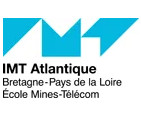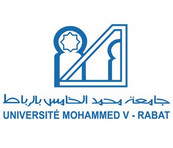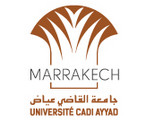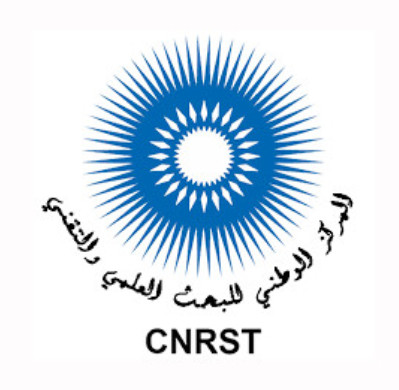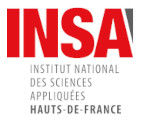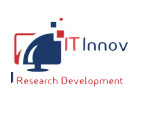The 13th IEEE International Symposium on Image,
Video and Communications
Call for Papers
Beyond the Visible: AI-Powered Multimedia Processing and Communication Beyond Limits
ISIVC 2026 invites researchers, academics, and industry professionals to submit original contributions on the latest advancements in AI applied to multimedia data.
This edition is a special tribute to the memory of Professor Driss Aboutajdine, a founding pioneer of ISIVC.
Paper Submission Deadline: 7 December 2025
Notification of Acceptance: 2 February 2026
Camera-Ready Paper: 1 March 2026
Conference Dates: 20 - 22 May 2026
Submissions must be original, unpublished and not under review elsewhere during
the evaluation process for this conference.
All papers will be subjected to a
rigorous double-blind peer-review by a distinguished panel of experts to ensure
high academic and technical quality.
Submission platform:
Authors are invited to submit their papers through the conference submission
platform at: https://cmt3.research.microsoft.com/ISIVC2026
(click here to view the step-by-step instructions at the bottom of the page)
.
The Microsoft CMT service was used for managing the peer-reviewing process for this conference.
This service was provided for free by Microsoft and they bore all expenses, including costs for Azure cloud services as well as for software development and support.
For any inquiry, please use our contact form.
YOU CAN ONLY SUBMIT YOUR PAPER BY LOGGING ON THE FOLLOWING WEBSITE:
https://cmt3.research.microsoft.com/ISIVC2026.
Web link for more information: https://cmt3.research.microsoft.com/docs/help/general/account-creation.html.
All submissions undergo a double-blind peer review:




